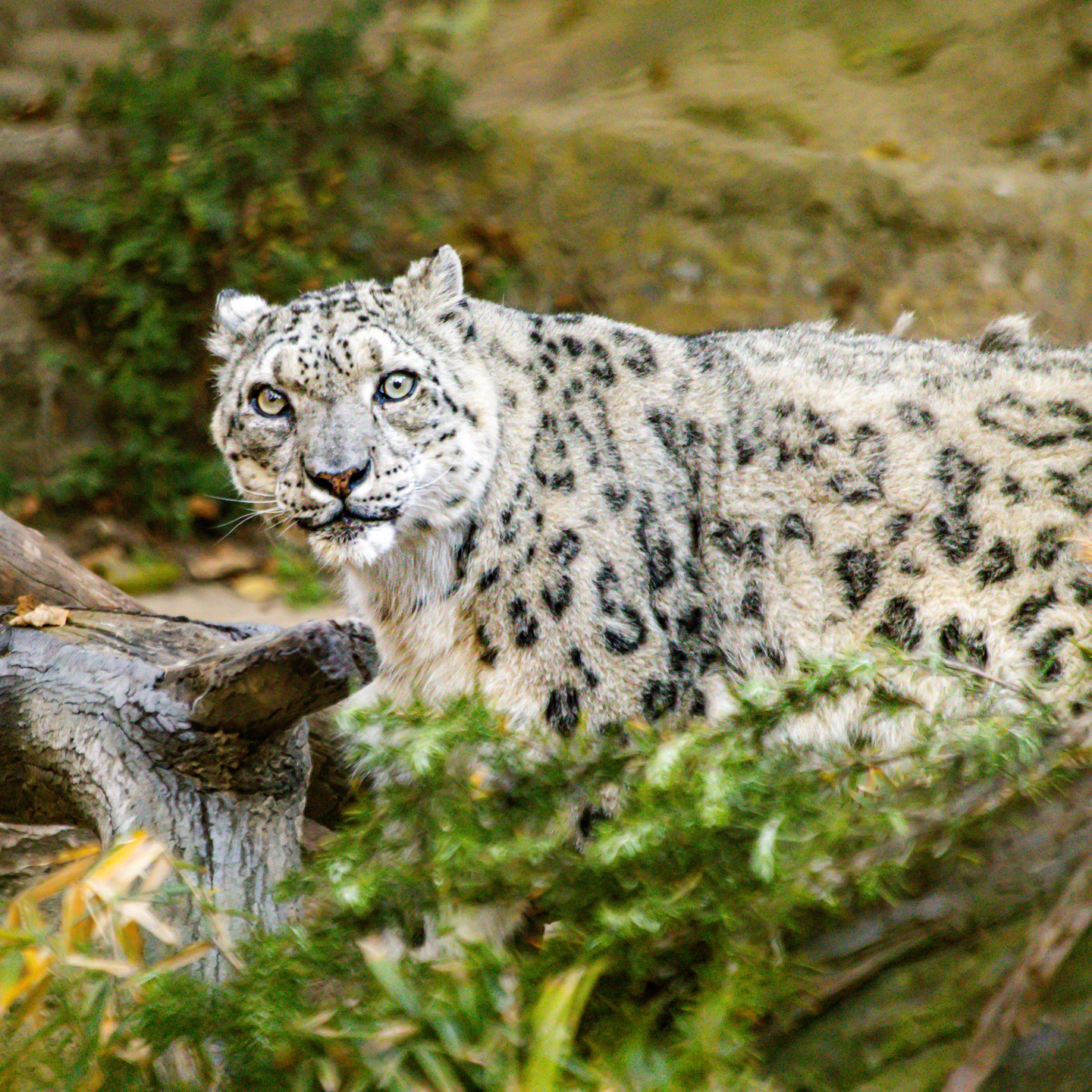- Understand the connection between love, understanding, and conservation through the lens of Baba Dioum’s famous quotation.
- Explore the role of education in fostering a genuine love for wildlife, leading to effective conservation efforts.
- Investigate the impact of zoos on public awareness and conservation initiatives, highlighting their significance in modern environmental stewardship.
- Delve into the specific strategies used by zoos concerning endangered species like the snow leopard, showcasing their critical conservation efforts.
- Discuss the broader implications of conservation for biodiversity and the challenges faced in environmental preservation efforts.
The intricate interplay between understanding, love, and conservation is captured succinctly in the famous words of Baba Dioum: “In the end, we will conserve only what we love, we will love only what we understand, and we will understand only what we are taught.” This quote is an eloquent encapsulation of the fundamental processes driving successful wildlife conservation efforts. At the core of these processes is education, which cultivates understanding that leads to love and ultimately inspires conservation. This cascading effect is not merely theoretical but a tangible reality with significant implications for biodiversity conservation.
Education forms the bedrock of public awareness regarding the importance of wildlife conservation. It demystifies the complexities of ecosystems and highlights the intrinsic value of individual species. Education also bridges the knowledge gap, enhancing appreciation for the natural world. When individuals understand the ecological roles and the threats that various species face, they are more likely to develop empathy and take meaningful conservation actions. Educational programs in schools, community outreach efforts, and media campaigns play a critical role in disseminating knowledge about environmental challenges and soliciting public interest and involvement.
Institutions like zoos make substantial contributions to conservation education. They offer unique opportunities for people to encounter wildlife up close. Through interactive exhibits and educational programs, zoos provide insights into the lives of animals and the ecosystems they inhabit. These encounters foster a sense of connection and care for wildlife, encouraging visitors to support conservation initiatives. Zoos also function as centers for critical research and conservation programs, contributing valuable scientific data. Modern zoos emphasize conservation, education, and research, striving to operate beyond simply showcasing animals.
Snow leopards, an iconic species inhabiting the mountainous ranges of Central and South Asia, exemplify the zoo’s conservation work. The snow leopard population is threatened by factors like habitat loss, poaching, and climate change. Zoos engage in breeding programs aimed at increasing genetic diversity and bolstering their numbers. These initiatives are vital for reintroducing individuals into the wild, thereby reinforcing fragile populations. Furthermore, research conducted by zoos on the physiology, behavior, and health of these majestic animals informs conservation strategies, supporting their survival in natural habitats.
Photographic engagement, much like the captured image of Kisa the snow leopard exploring her habitat, inspires curiosity and compassion. These snapshots do more than evoke admiration—they serve as visual reminders of our planet’s biodiversity explosion. The powerful impact of such images can galvanize public support for conservation causes, transcending geographical and cultural barriers. They spotlight the beauty of elusive creatures while underscoring the necessity of concerted global efforts to protect them.
The broader conservation context encompasses more than admiration for specific species; it involves safeguarding the web of life. This endeavor demands understanding complex ecological interactions and the human influence on these systems. Conservation is about maintaining the Earth’s biodiversity, which has direct implications for ecosystem services crucial to human survival. Challenges such as illegal wildlife trade, pollution, invasive species, and climate change complicate conservation efforts, demanding multifaceted approaches.
Addressing these challenges requires collaborative international treaties and policies that prioritize conservation. Furthermore, community-based conservation projects empower local populations to manage resources sustainably. These approaches acknowledge the social and economic dimensions of conservation, promoting wildlife protection that aligns with human development goals.
Conservation is a global responsibility rooted in local actions. As Baba Dioum’s words articulate, the path begins with learning. By instilling a connection to nature through knowledge, love for the environment grows, motivating actions toward a sustainable future. Ultimately, conservation reflects the collective values of society and its will to sustain the last of our natural heritage for future generations.
*****
Source Description
“𝘐𝘯 𝘵𝘩𝘦 𝘦𝘯𝘥 𝘸𝘦 𝘸𝘪𝘭𝘭 𝘤𝘰𝘯𝘴𝘦𝘳𝘷𝘦 𝘰𝘯𝘭𝘺 𝘸𝘩𝘢𝘵 𝘸𝘦 𝘭𝘰𝘷𝘦, 𝘸𝘦 𝘸𝘪𝘭𝘭 𝘭𝘰𝘷𝘦 𝘰𝘯𝘭𝘺 𝘸𝘩𝘢𝘵 𝘸𝘦 𝘶𝘯𝘥𝘦𝘳𝘴𝘵𝘢𝘯𝘥, 𝘢𝘯𝘥 𝘸𝘦 𝘸𝘪𝘭𝘭 𝘶𝘯𝘥𝘦𝘳𝘴𝘵𝘢𝘯𝘥 𝘰𝘯𝘭𝘺 𝘸𝘩𝘢𝘵 𝘸𝘦 𝘢𝘳𝘦 𝘵𝘢𝘶𝘨𝘩𝘵.” – Baba Dioum
Alt-text: Kisa the snow leopard locks eyes with our camera as she navigates her way around the foliage of her habitat at the Zoo.


